Having a baby changes so much. Even if you’re an experienced mom, each baby brings with it a significant learning curve, right? Cocooning at home for the first few weeks is an amazing gift that you can give to yourself and your new baby.
The term ‘cocooning’ refers to the period immediately following the birth of a baby, typically the first few weeks, where you would stay at home, limit outside interactions, and primarily focus on bonding with your newborn.
It used to be commonplace, but in the modern world we live in, cocooning isn’t practiced as much as it was before. I’s a wonderful practice that I highly recommend you follow as much as possible!
The Importance of Cocooning With Your New Baby
The first few weeks after childbirth is a crucial time for both you and your newborn. You’ll be learning about each other, and your baby will be adjusting to life outside the womb.
Cocooning at home offers a peaceful environment that is conducive to this learning and bonding process. It’s a beautiful period of nurturing, closeness, rest, and healing — a time when you can tune into your baby’s needs and cues, as well as your own.
Cocooning at home with your newborn helps with your postpartum recovery and helps build a strong, healthy bond with your newborn. It also allows your baby a peaceful and gradual entry into the world.
And, what’s more, cocooning at home is a great idea because it allows your baby’s immune system, which is still developing, to get a gradual introduction to the outside world’s microbes. It helps to limit their exposure to potential infections, which is important in the early days.
Creating a Cocoon-Friendly Environment
Cocooning after childbirth requires some planning and commitment. It helps to establish a calm and serene space at home where you and your baby can relax and bond.
- Prepare in advance: Ensure your home is stocked up with baby essentials like diapers, wipes, baby clothes, and breastfeeding essentials before you deliver. Have your pantry and fridge stocked with groceries and easy-to-cook meals to limit the need to leave the house.
- Set up a comfortable nursing area: Create a comfortable space for breastfeeding or bottle feeding, like a breastfeeding station. This area can have a cozy chair, a table for water and snacks, a nursing pillow, a burp cloth, and a few baby books.
- Create a calming bedroom environment: Babies need lots of sleep, and you’ll need a comfortable space for your recovery as well. Make sure your bedroom is a peaceful sanctuary, as best as possible, and the baby’s crib or bassinet is safe and nearby. Consider blackout curtains in the nursery to control light, especially for daytime naps.
- Limit visitors: It’s natural for family and friends to want to meet the new addition to the family. However, in the early days, keeping visitors to a minimum can help establish routines and ensure the baby’s immune system isn’t overly exposed. Be sure to ask any visitors that you do accept to follow the Newborn 9 rules for visiting a baby.
What to Do at Home While You Cocoon
There’s definitely no one-size-fits-all approach to postpartum recovery.
Cocooning should be flexible and tailored to your own needs as mom and baby, as well as that of your partner and your other children, if you have any. The most important thing is to follow your instincts, do what feels right for you and your baby, and don’t hesitate to seek support when you need it.
A typical day in the cocooning phase might look something like this:
Mom and baby wake up together and start the morning with a diaper change and a nursing session. Before her hubby leaves for work, mom takes a shower while he spends some quality time with the baby.
Mama puts the baby down for the morning nap (the best!) and makes some breakfast for herself. After the morning nap, mom and baby step outside for a little fresh air and then head back inside to nurse and get ready for the next nap (baby wake times are so short!).
Mama takes a short nap while her baby is sleeping. After her baby’s nap, they spend some time reading and cuddling. Mama catches up on some text messages and DMs during her baby’s next nap, and then they sit together while mom eats lunch.
After lunch, the baby takes another nap. Mama takes some time to tend to her postpartum recovery needs and then catches up on her favorite TV show. Her mom comes to visit and help with household chores, and she visits with her until the baby wakes up and needs to nurse again. Mom, baby, and grandma go for a short walk around the neighborhood.
The day continues like this, slowly, and easily until it’s time for bed again.
This is just an example, of course. The next day might look different, and she might have a pediatrician appointment or an errand to run. You might have some household chores or other responsibilities that pop up throughout a day of cocooning. But the idea is that it’s slow, easy, and there aren’t many expectations. It’s just about connecting, resting, and recovering.
Cocooning and Mental Health
Cocooning has its pros and cons, and it can impact a your mental health as a new mom.
Yes, on the one hand it provides a beautiful rest period with your new baby, allowing you time to recover and connect with your little one. This can help potentially reduce the risk of postpartum depression.
On the other hand, without the right support and balance, it can feel isolating. It’s vital to stay connected with your support system and seek help if you experience feelings of extreme sadness, anxiety, or other concerning symptoms.
Emerging from the Cocoon
Cocooning is not about completely isolating yourself from the world but giving yourself a break from the hustle and bustle of daily life to focus on your newborn.
When you and your baby are ready, gradually reintroduce activities outside the cocoon. You might start with short walks, eventually working up to larger outings or accepting more visitors at home.
You might start attending a breastfeeding support group or meet a friend at the park for a walk. Meet a loved one for lunch at your favorite restaurant or walk around the mall with your baby in a stroller. I remember one of the first places I went with my baby was my local Target, and I was amazed at how well he slept in the stroller while I strolled the aisles.
The cocooning phase is just the beginning of a beautiful journey of parenthood. It’s a period full of challenges but also rich in rewards. So here’s to nurturing those precious early moments, to the cuddles, the late-night feeds, the first smiles, and the bond that only strengthens with time.
If you found this article on cocooning with baby useful, save it for later!

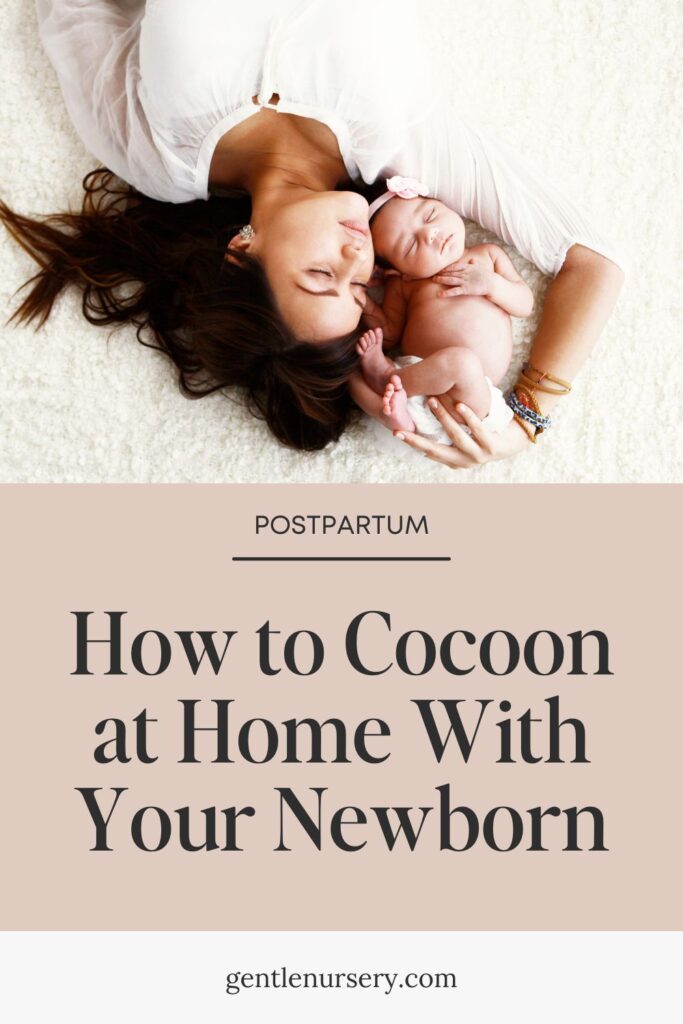
You might also want to read:

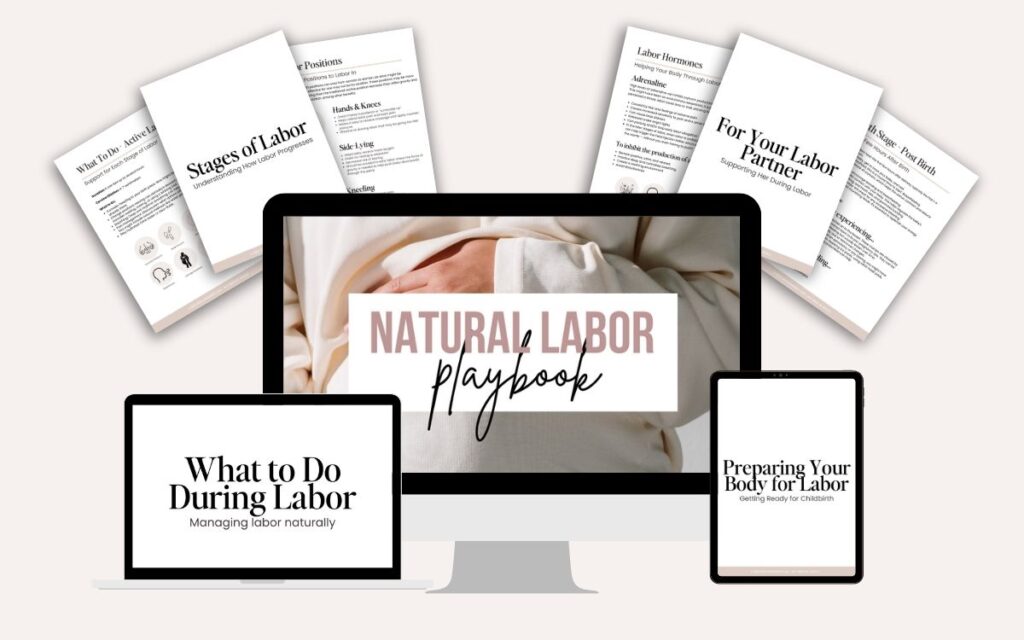
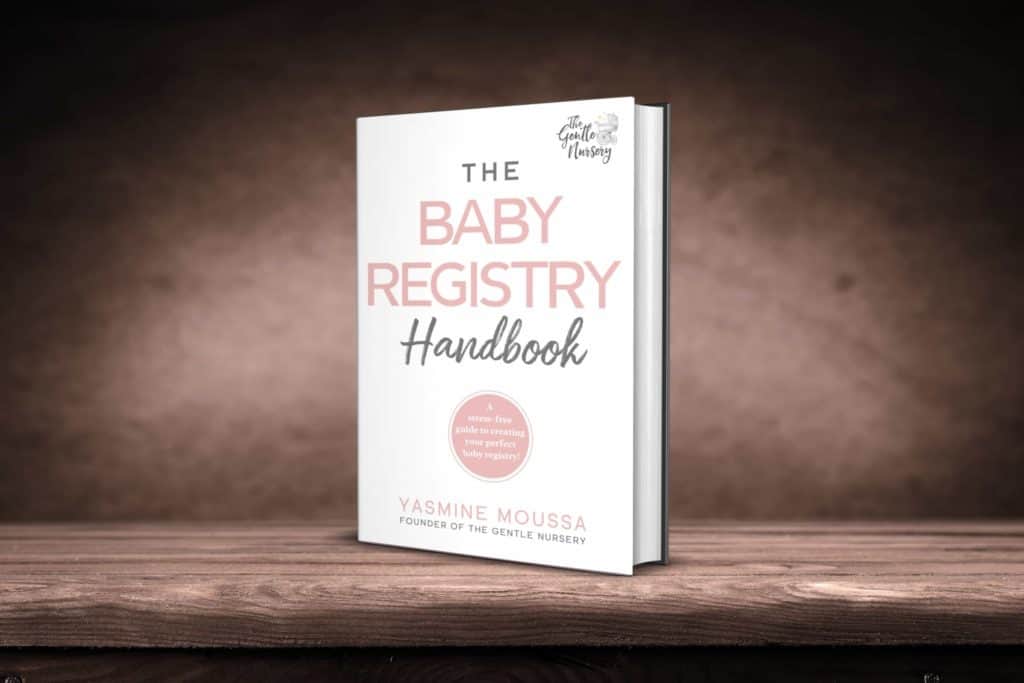
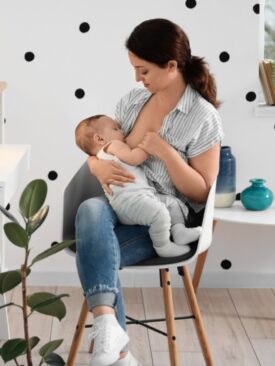

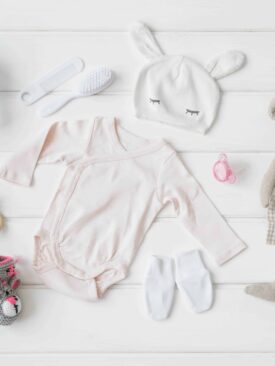
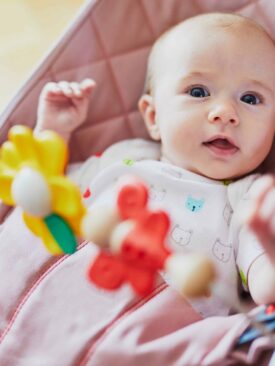
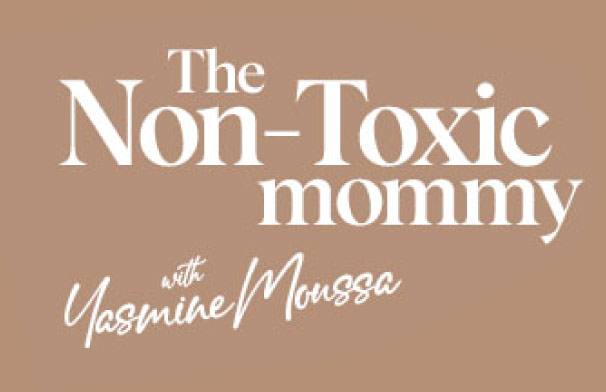



Leave a Reply